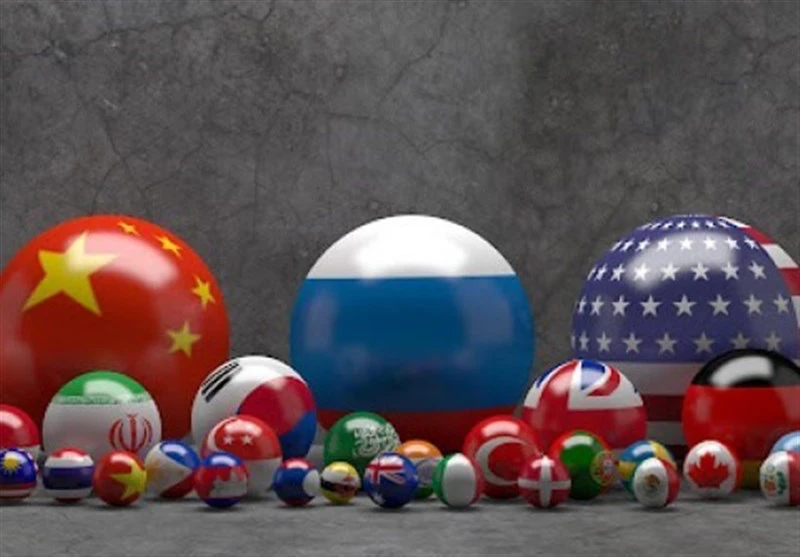In today’s interconnected world, it is crucial to grasp the concept of multipolarity, as it shapes the dynamics of international relations on a global scale. In this exploratory article, we aim to demystify the concept of multipolarity and explain it in an easy-to-understand manner, shedding light on its implications for global politics and stability.
What is Multipolarity?
Multipolarity is a concept within international relations that describes a geopolitical landscape characterized by the existence of multiple dominant powers. Unlike unipolarity, where a single dominant power holds significant influence, or bipolarity with two dominant powers, multipolarity indicates the presence of several major players.
Understanding Power Distribution
To understand multipolarity better, let’s imagine a world where power is like a pie. In a unipolar world, one country controls most of the pie, making it the sole superpower. In a bipolar world, two major countries share the pie more evenly, each with a significant portion. However, in a multipolar world, several entities hold substantial portions of power, resulting in a more distributed and complex situation.
Examples of Multipolarity
Historically, we can observe examples of multipolarity, such as during the 19th-century Concert of Europe, where multiple European powers aimed to maintain a balance of power. In today’s world, we witness multipolarity emerging as various countries and regions, such as the United States, China, Russia, the European Union, and rising powers like India, Brazil, and others, assert their influence and compete for power.
Implications of Multipolarity
1. Competition and Rivalry
Multipolarity often leads to increased competition among major powers as they seek to enhance their global standing, secure resources, and protect their interests. This can potentially result in regional or even global rivalries and conflicts.
2. Shifting Alliances
In a multipolar world, alliances and partnerships constantly evolve due to strategic considerations. Countries may form temporary alliances to counterbalance the power of others, resulting in intricate diplomatic maneuvers.
3. Increased Complexity
The presence of multiple powers in a multipolar system makes decision-making and conflict resolution more complex. Cooperation and consensus become challenging as diverse interests clash, often leading to prolonged negotiations and compromise.
4. Economic Impact
Multipolarity has economic ramifications as well. Countries may engage in economic competition, trade rivalries, and strategic interdependence to gain advantages. This can lead to economic alliances, regional trade blocs, or protectionist measures, depending on the prevailing geopolitical climate.
5. Stability and Security Challenges
Maintaining stability and addressing security challenges becomes more intricate in a multipolar world. The interplay of multiple power centers increases the potential for regional conflicts and power struggles, requiring diplomatic finesse and effective multilateral cooperation to mitigate tensions.
A Global Order
In a nutshell, multipolarity refers to a global order characterized by the coexistence of several major powers that interact, compete, and cooperate simultaneously. Understanding the dynamics of multipolarity is vital to comprehend today’s complex world and navigate the ever-changing geopolitical landscape. By acknowledging the implications of multipolar world, policymakers and citizens alike can make informed decisions and contribute to fostering a more stable and prosperous future.
